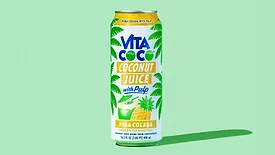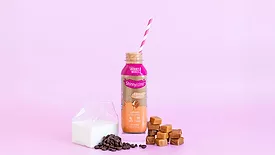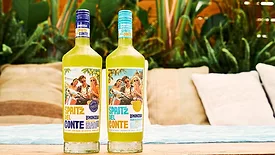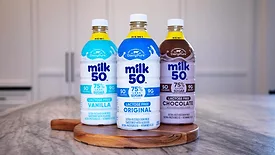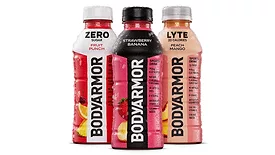Home » Keywords: » State of the Beverage Industry
Items Tagged with 'State of the Beverage Industry'
ARTICLES
Sugar reduction, fortification among trends keeping juice market fresh
Read More
2025 State of the Beverage Industry: Tea market sees sales up, volume declines
Healthy designation, flavor innovations key to tea’s turnaround
July 16, 2025
2025 State of the Beverage Industry: Carbonated soft drinks market embraces functionality
CSDs meet evolving needs of consumers, from flavor to functionality
July 16, 2025
2025 State of the Beverage Industry: Diverse offerings, product variety drive coffee drink categories
Premium, super-premium innovations spark consumer interest
July 11, 2025
2025 State of the Beverage Industry: Health consciousness influencing new age energy drink solutions
Consumers look to energy drink category for functional benefits
July 8, 2025
2025 State of the Beverage Industry: Beer market leans into innovation
Consumer preference changes see flavor, premiumization and non-alcohol as vital for beer’s future
July 7, 2025
2025 State of the Beverage Industry: Evolving consumer tastes shape wine, spirits performance
Ready-to-drink cocktails, non-alcohol wines offer opportunities
July 7, 2025
2025 State of the Beverage Industry: Innovation, enhanced formulations expected to drive growth for dairy, alternative milks
Consumers’ shifting values boost specialty milk
July 3, 2025
2025 State of the Beverage Industry: Sports, protein drink market experiences growth
Market appeals to more consumers thanks to health and wellness attributes
July 2, 2025
2024 State of the Beverage Industry: Total milk looks to stabilize volume declines
Flavored milks continue to see growth in dairy drinks segment
July 9, 2024
Elevate your expertise in the beverage marketplace with unparalleled insights and connections.
Join thousands of beverage professionals today. Shouldn’t you know what they know?
JOIN NOW!Copyright ©2025. All Rights Reserved BNP Media.
Design, CMS, Hosting & Web Development :: ePublishing
